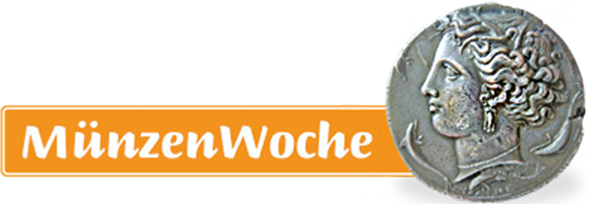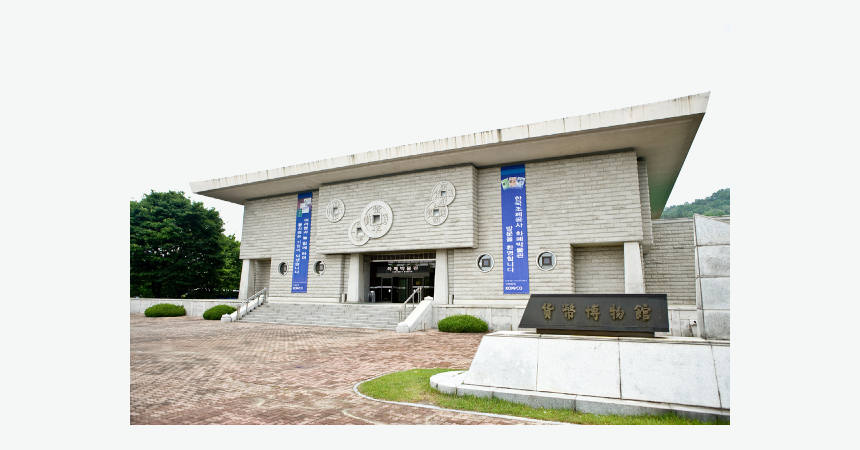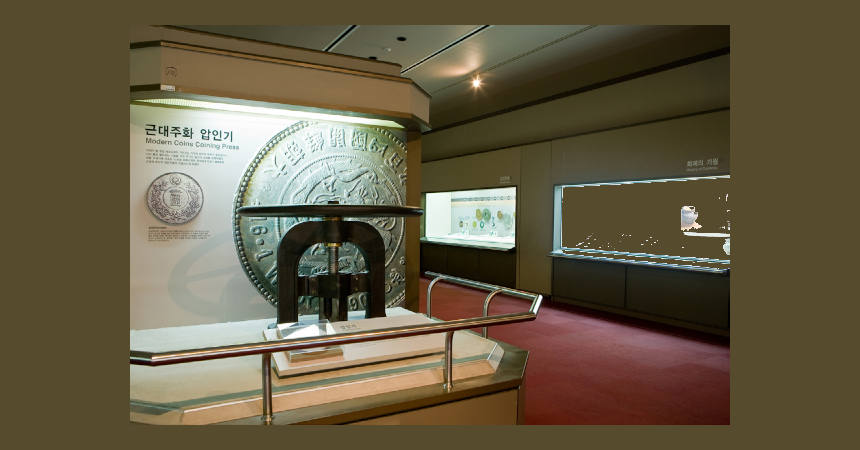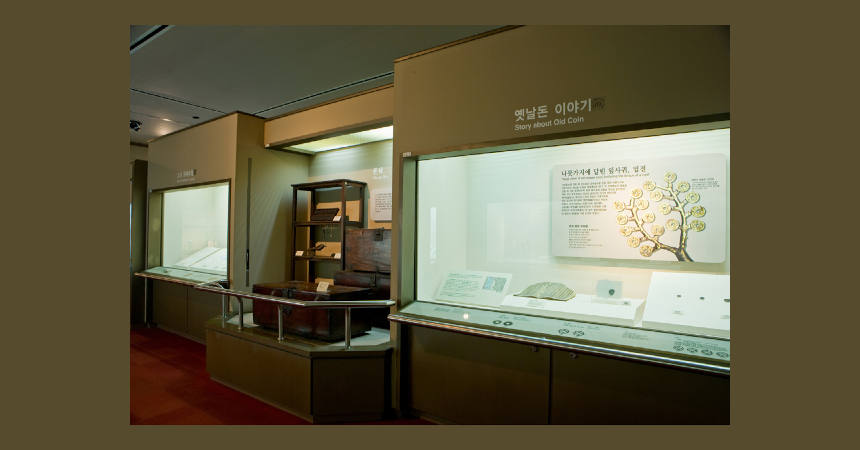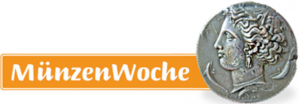Currency Museum of Korea
Wenn es kein Logo gibt, wird diese Spalte einfach leer gelassen. Das Bild oben bitte löschen.
(Dieser Text wird nicht dargestellt.)
80-67 Gwahang-no, Yuseong-gu, Daejeon
Republic of Korea 042 870-1000
Tel: +82 042 870 1200
The Currency Museum of Korea was established June 1988 by the Korea Minting and Security Printing Corporation (KOMSCO), a government-owned corporation which prints the country’s banknotes and mints the coins. The Museum provides a systematic exhibition of both Korean and foreign currencies that span more than a millennium. In addition, there are displays that trace KOMSCO’s history since its beginning in 1951. All exhibits are in Korean with display titles only given in both Korean and English.
Coin Gallery
As one of the Museum’s two major galleries, the Coin Gallery has a section explaining the history of currency. In prehistoric times, barter allowed commodities like grain, livestock, agricultural implements, and trinkets as currency for exchange purposes.
Korean Coins
On display are coins from China’s Song dynasty (960-1279 AD) and from when Korea first began to use money during its Goryeo dynasty (936-1392). Prior to this time, barter was the principal means of exchange. The first coins actually minted in Korea occurred during the reign of King Songjong. Examples on display show this coin was cast in both bronze and iron and was based on the standard Chinese cash coin which was round with a square hole in the center.
Joseon Dynasty Coins
Sangpyong tongbo was the representative coin of the era of the Joseon dynasty (1392-1897). However, it was not until 1633 during the reign of King Ingo that the most representative coinage of Korea was first cast. A round coin with a square hole in the center made of copper or bronze, it has the obverse inscription: sang pyong tong bo (常平通寶). The reverse of these coins can display a number, an astronomical symbol like a star, moon or sun, a character from the ancient Chinese text “The Thousand Character Classic,” or a character of the five elements: metal (kum 金), wood (mok 木), water (su 水), fire (hwa 火), and earth (to 土). The sangpyong tongbo coins were used for more than 250 years (1633-1891) and has an estimated 5,000 varieties of this coin characterized by mint, style of calligraphy, Cheonjamun order, Chinese numeral order, and symbolic mark.
There is a three-dimensional full-size showcase, or diorama, illustrating the various stages of making jeon coins at the mint of a later period of the Joseon dynasty. Also on display are a number of coining presses, abacuses, scales, weights, and large wooden money boxes, which were forerunners of safes.
Banknote Gallery
The other major section of the Museum is its banknote gallery. On display are notes from the 1st currency reform from the Bank of Joseon, the central bank of Korea until 1950, for the new Bank of Korea notes, released on August 28, 1950. Inflation pressures due to payments from the war between the two Koreas forced a 2nd Currency Reform in February 1953, devaluing the old won 100:1, and instituting the hwan as the new currency.
Succeeding currency reforms required changes in the currency, which are all on display. One of the most noted changes in Korea’s currency was the change in its denomination from hwan (환) to won (원) by the 3rd Currency Reform in June 1962.
This text was written by Howard M. Berlin and first published in his book Numismatourist in 2014.
You can order his numismatic guidebook at Amazon.





